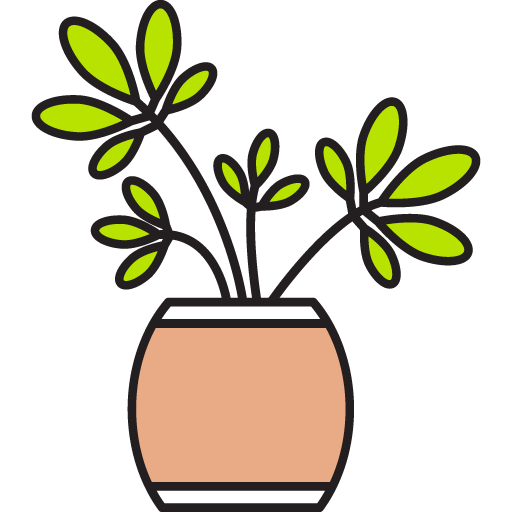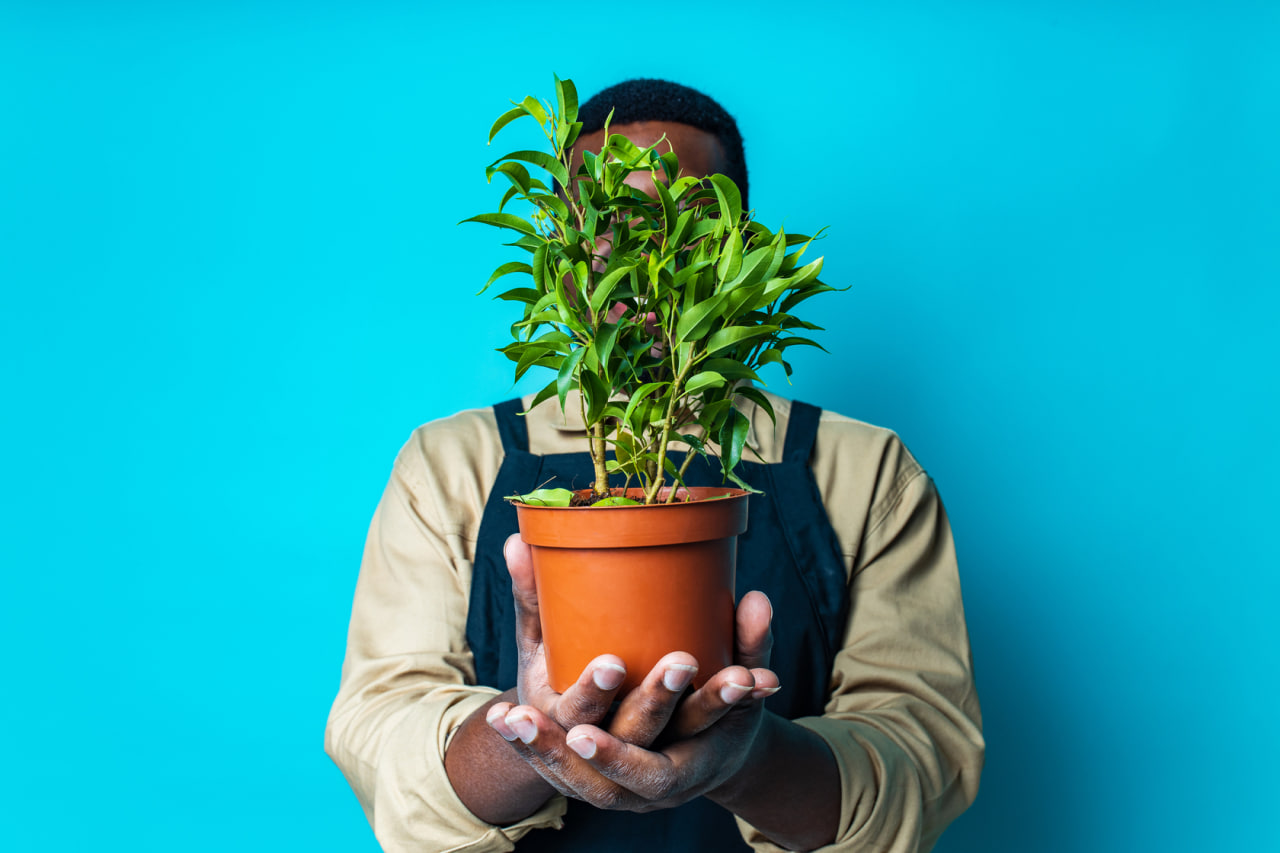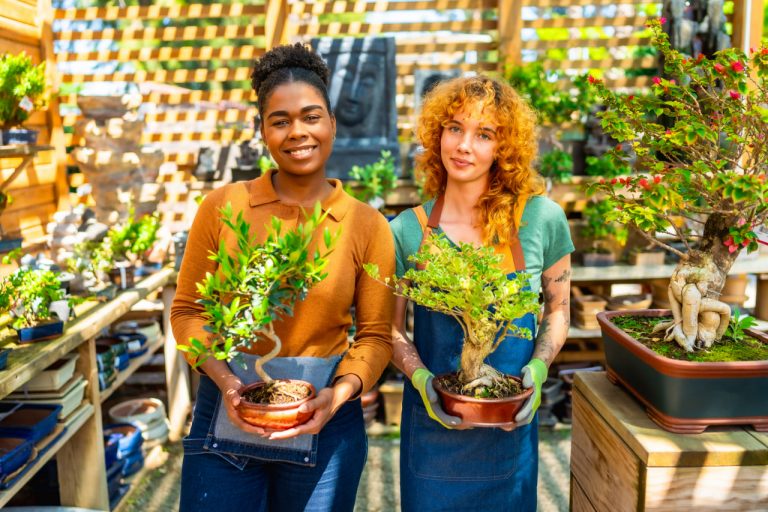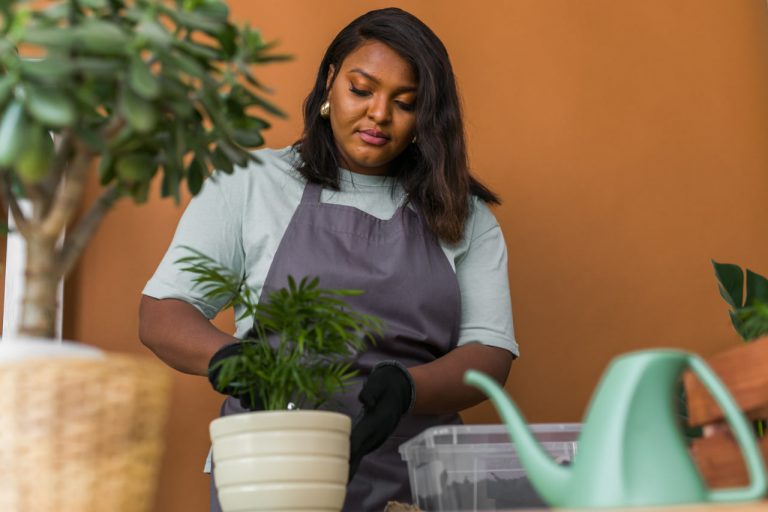A healthy indoor environment is essential for thriving plants. Factors such as light, temperature, humidity, and airflow all influence plant growth, flowering, and overall vitality. Even with proper watering and soil care, plants may struggle if their surroundings are not conducive to their needs. Understanding and optimizing these environmental factors ensures your indoor garden remains lush, vibrant, and resilient.
Light Requirements
Light is one of the most critical elements for indoor plants. Different species have varying light preferences:
- Bright, Indirect Light: Most tropical and flowering plants thrive near windows that receive filtered sunlight.
- Low Light: Some foliage plants, such as snake plants and pothos, tolerate low-light areas but still benefit from occasional indirect sunlight.
- Direct Sunlight: Succulents and cacti require several hours of direct sunlight to grow strong and healthy.
Observe your plants’ growth and leaf color to gauge whether the light conditions are adequate, and adjust their placement if necessary.
Temperature Considerations
Indoor plants generally prefer stable temperatures similar to their natural habitats.
- Most houseplants thrive in 65–75°F (18–24°C) during the day and slightly cooler at night.
- Avoid placing plants near drafty windows, heaters, or air conditioning vents, as sudden temperature fluctuations can stress them.
- Tropical plants, in particular, are sensitive to cold drafts and may develop brown leaf edges or slowed growth if exposed to cold air.
Humidity Levels
Humidity plays a crucial role, especially for tropical and subtropical plants. Dry indoor air, common during winter, can cause leaf browning, curling, and poor growth.
Tips to Maintain Optimal Humidity:
- Use a room humidifier to increase moisture levels.
- Place plants on trays with water and pebbles to create localized humidity.
- Group plants together, which naturally increases humidity in their microenvironment.
- Mist leaves lightly for species that tolerate or prefer it.
Airflow and Ventilation
Good airflow helps prevent mold, fungal infections, and pest infestations.
- Ensure plants are not crowded and have space for air to circulate around foliage.
- Avoid stagnant air by opening windows occasionally or using a fan on a low setting.
- Proper airflow supports strong stems and healthy leaves while reducing the risk of disease.
Soil and Pot Considerations
Even with the perfect environment, soil and pots influence plant health.
- Use well-draining soil suitable for your plant type to prevent root rot.
- Choose pots with drainage holes to allow excess water to escape.
- Ensure pots are appropriately sized; too large can retain excessive water, too small can restrict root growth.
Placement Strategy
Strategic placement enhances plant health and visual appeal:
- Group plants by light and humidity requirements to simplify care.
- Rotate plants periodically to ensure even light exposure and balanced growth.
- Place sensitive plants away from windows with harsh sunlight or drafts.
Monitoring and Adjusting
Plants communicate their needs through visual cues.
- Yellowing or drooping leaves may indicate improper light or watering.
- Brown leaf tips can signal low humidity or nutrient deficiencies.
- Regularly observe your plants and adjust light, temperature, and humidity as needed.




